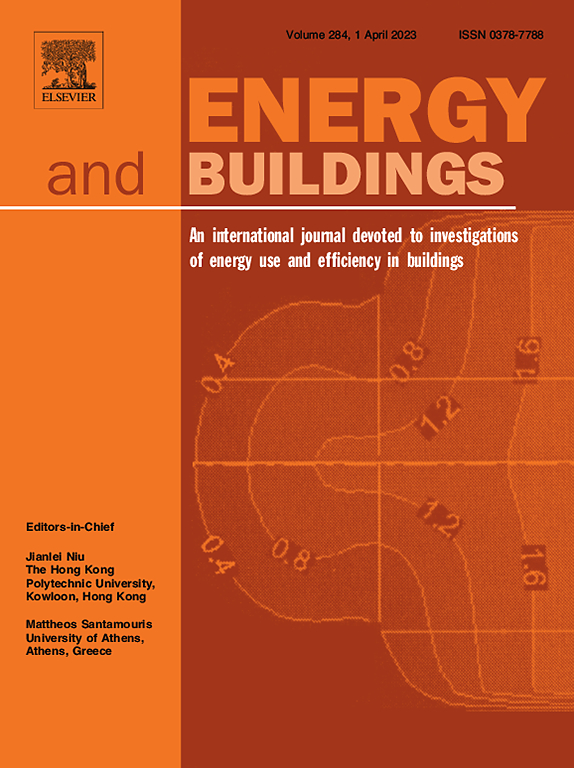This paper investigates factors explaining the adoption of energy-efficient heating, cooling, window, and lighting technologies in U.S. commercial buildings. It presents multinomial logit models of technology adoption using the 2003 Commercial Buildings Energy Consumption Survey microdata set, examining, first, fundamental building components, and, second, energy-efficient adaptations. Key findings are that the choice of fundamental building components is strongly influenced by locational factors, the activities that are expected to take place in the building, and building-specific characteristics. Lighting technologies are an exception, and are poorly explained by these factors. By contrast, energy-efficient heating, cooling, window, lighting, and control adaptations appear to share common drivers, and are more likely to be adopted in newer, larger, more energy-intensive, owner-occupied buildings. These are the buildings that can best afford the up-front costs of innovation, which is often a design-intensive process. Absent policy interventions, the energy-efficient adaptations are unlikely to diffuse rapidly to the rest of the commercial building stock.
